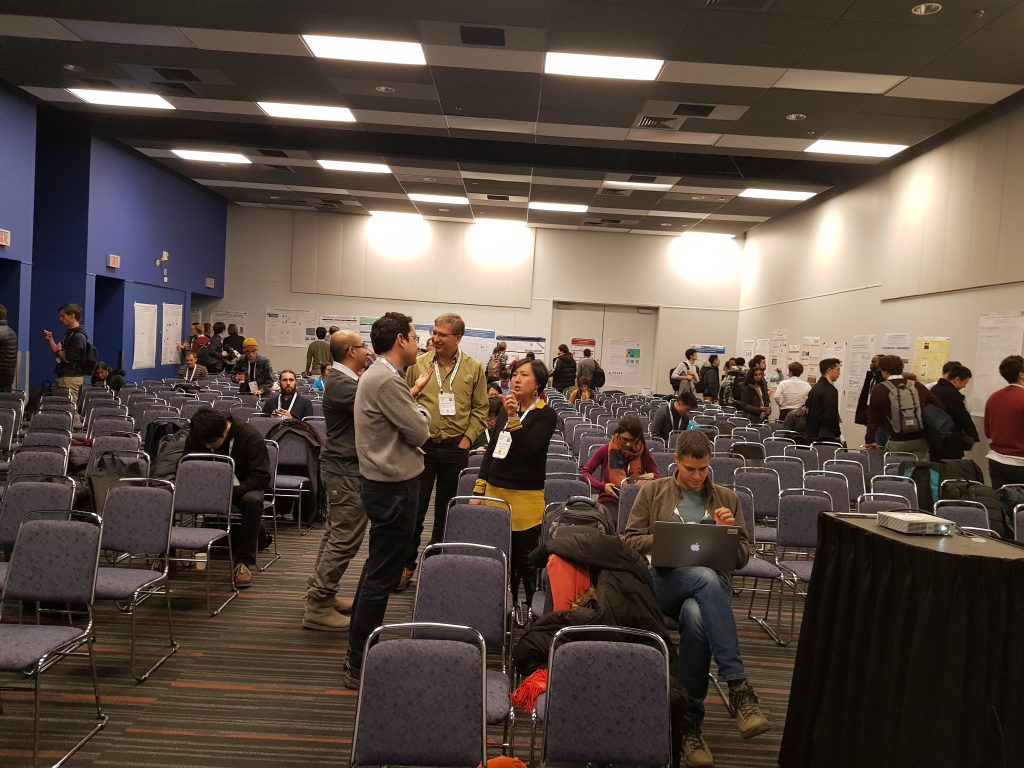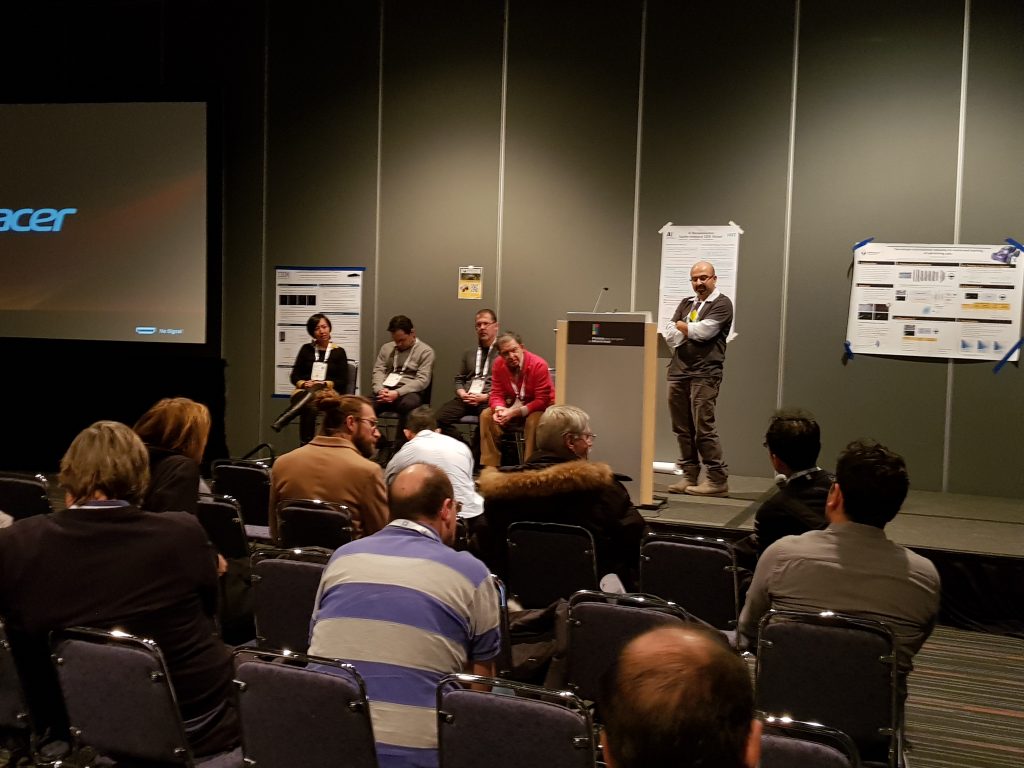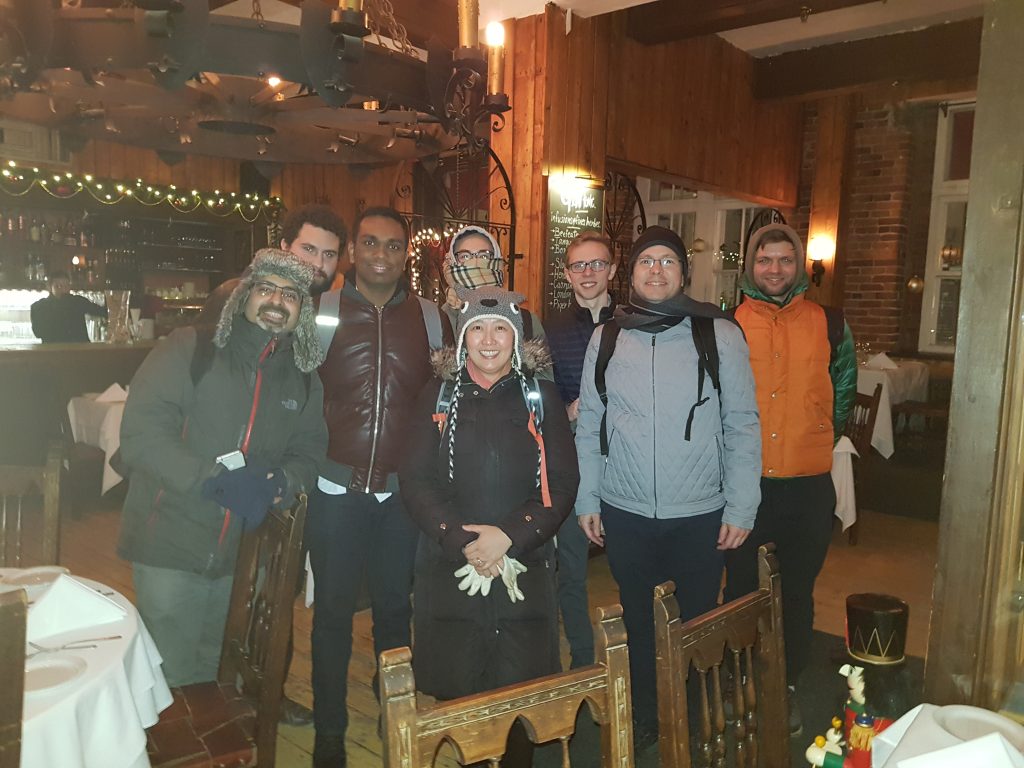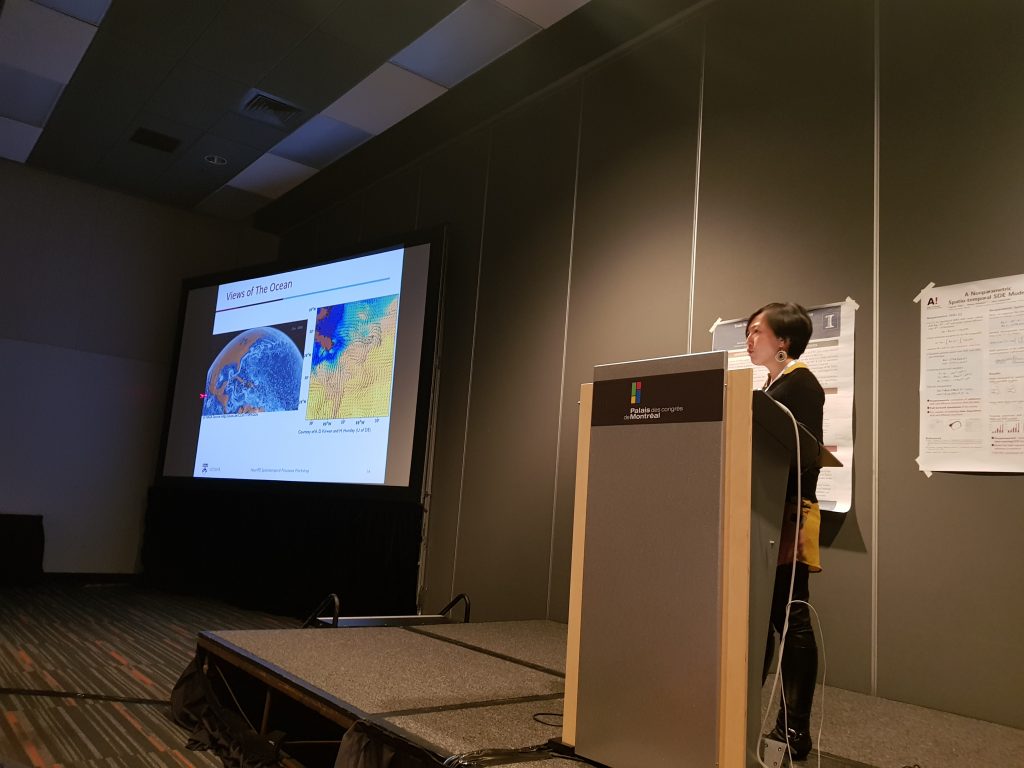Please join us at our workshop at ICRA 2022 in Philadelphia.
Details about the workshop can be found here.
Please register through the ICRA registration portal.
Please join us at our workshop at ICRA 2022 in Philadelphia.
Details about the workshop can be found here.
Please register through the ICRA registration portal.
Ariella Mansfield, Rebecca Li, and Michael Soprepera won the Penn Health-Tech’s Rothberg Catalyzer, a two-day makerthon that challenges interdisciplinary student teams to prototype and pitch medical devices that aim to address an unmet clinical need.
The team took home the top prize of $10,000 for their project, an orthotic device that children with cerebral palsy can more comfortably wear as they sleep.
Read more about the project here.
Being able to estimate and predict information about dynamic processes deepens our understanding of biological, chemical, and physical phenomena in the environment. Often, these dynamic processes exhibit complex, spatio-temporal behaviors. Mobile robots are particularly well-suited to monitor these processes because of their abilities to carry sensors and adapt their sensing locations. Robots can be used to support a wide range of activities dependent on tracking and predicting processes that vary across both space and time, such as tracking oil spills in water or pollutant concentrations in air for environmental monitoring, gas leaks for pipeline repair, or forest fire boundaries for search and rescue. For these processes, autonomous mobile robots modeling the environment and determining where to gather sensor measurements are cheaper than global tracking systems and more adaptive than fixed sensors. The process dynamics provide rich information about its spatial and temporal dependencies. Thus, robots should leverage their mobility and sensing capabilities to adequately model and estimate the environment.
However, given that they are inherently complicated, spatio- temporal processes are often difficult to model in a meaningful way, and even in scenarios where representations are available, they are often high-dimensional, which is computationally burdensome. Additionally, these processes often occur in dynamic, uncertain environments, so robots should not rely on centralized techniques to mitigate the effects of communication constraints and robot failures. The question then still remains as to how robots can leverage the spatio-temporal dynamics of the process to model and estimate the environment in a distributed way.
The goals of this project are to develop strategies to enable a team of mobile robots to adaptively sample and track a dynamic process. We create a distributed algorithm, where robots collect sparse sensor measurements, create a reduced-order model of a spatio-temporal process, and use this model to estimate field values for areas without sensor measurements of the dynamic process.
A concentration field was mapped and projected onto the tank using the video from a fluids experiment in an experimental flow tank. Four robots robots then tracked the projected concentration field using our developed distributed algorithm.
Ani presented a talk titled Modeling, Tracking, and Learning Coherent Spatiotemporal Features in Geophysical Flows at the 32nd Annual Conference on Neural Information Processing Systems (NIPS) for the Spatiotemporal Workshop. Check out some pictures from the workshop below.



